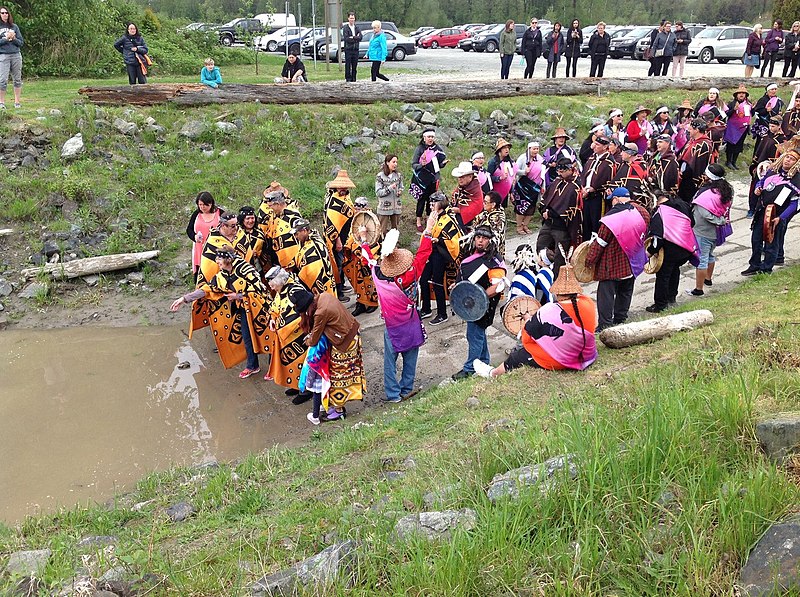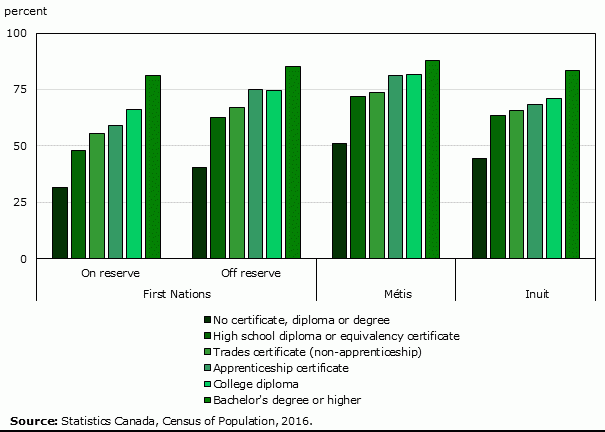9.2 Indigenous Ways of Knowing and Curriculum Design

As Indigenous pedagogy focuses on how knowledge can be obtained, Indigenous epistemology or ways of knowing is the justification of knowledge, and how knowledge is formed within an Indigenous context. Returning to Antione et al., Indigenous pathways to knowledge are defined through three key aspects[3]:
- Relationality
- Sacred and Secular
- Holism
The focus of all three areas is connectedness, and interconnectedness to the physical, natural, and spiritual environment. This blends into the curriculum of Indigenous teaching by building goals, learning outcomes, and assessments that encompass interconnectedness. The ideas behind experiential learning, as discussed in earlier chapters, also reflect this notion of interconnectedness to the physical, natural, and spiritual environment. It returns to a form of naturalism espoused by enlightenment thinkers in the 17th and 18th centuries.
One resource for understanding Indigenous pedagogy more thoroughly is Stats Canada, which provides some insight into how Indigenous learning is progressing. One metric that can be used is the growth of education within Aboriginal communities and the acquisition of high school, trades, and advanced degrees within communities, both on and off reserve[5].

The Canadian Council of Learning also notes the holistic attributes of lifelong learning within Indigenous pedagogies. The Holistic Lifelong Learning Measurement Framework is arranged in four learning stages[6]:
- Infants and Children (0-5)
- Youth (6-18)
- Young Adults (19-34)
- Adults (35-64) and Elders (65+)
The concept of lifelong learning is important to the holistic process. This has been shown in the popular works of Thomas J. La Belle, who concludes that individuals are engaged in learning at all times throughout their lives. This manner of nonformal education is important to the learning process for a broader group of individuals (i.e., based on politics, economics, and other social factors)[7]. The concept of lifelong learning should be an important factor for curriculum designers and educators. Understanding the natural engagement of learning throughout life should be guided towards curriculum development and educational policy to enhance pedagogical goals for classrooms and institutions.

